Plywood furniture doesn't have to be basic. Check out these cool designs.
12 Ways to Get Creative with Plywood Furniture

Fold-Down Plywood Desks Where Space is Limited
A company in Amsterdam invented these ingenious desks for their limited office space, but they’d also be great in a kids’ room. Bonus: The light, natural color palette of this plywood furniture helps make a small space look bigger.
Photo: Courtesy of Studio Slot
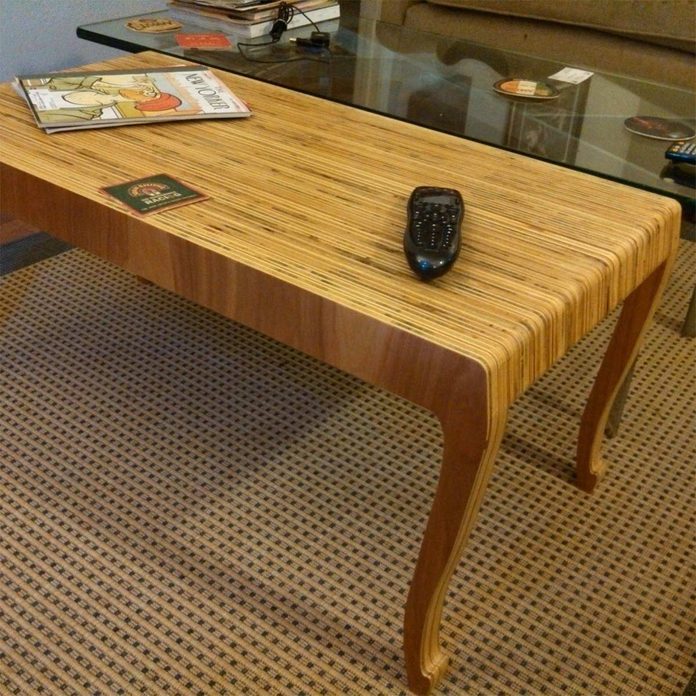
Stacked Plywood Table
Constructed of layered plywood and shaped with graceful curves, this plywood table adds a touch of traditional elegance to a home office. Cutting curves like these is a breeze with the right techniques and tools.
Photo: Courtesy of Imgur
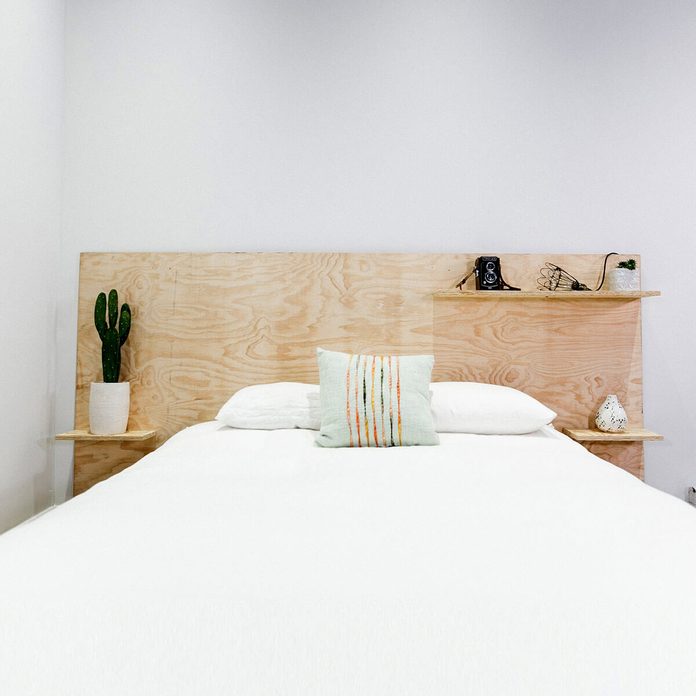
Minimalist Plywood Shelf Headboard
A plywood headboard? You bet. For a clean, industrial look, start with a full sheet of plywood. Then it’s a cinch to add floating shelves when you can attach them with screws through the back of the headboard. But before you begin, are you using the right kind of drill bit for the job?
Photo: Courtesy of Mr. Kate

Stackable Shelves
Baltic birch plywood forms the beautiful bones of this modular shelving, storage and desk unit.
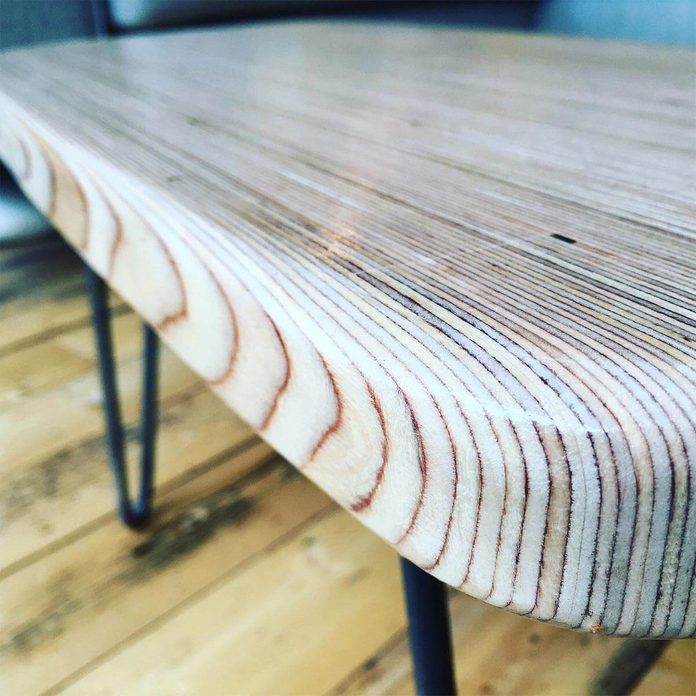
Birch Plywood Coffee Table with Hairpin Legs
Stare at it long enough and the layers threaded through this graceful tabletop begin to resemble the rings of a tree. But it’s not a cross-section of a tree trunk—it’s a sheet of the ever-versatile birch plywood, shaped with gentle contours into a coffee table. The hairpin legs add a dash of mid-century style to this attractive plywood furniture.
Photo: Courtesy of Coffee Table Dude
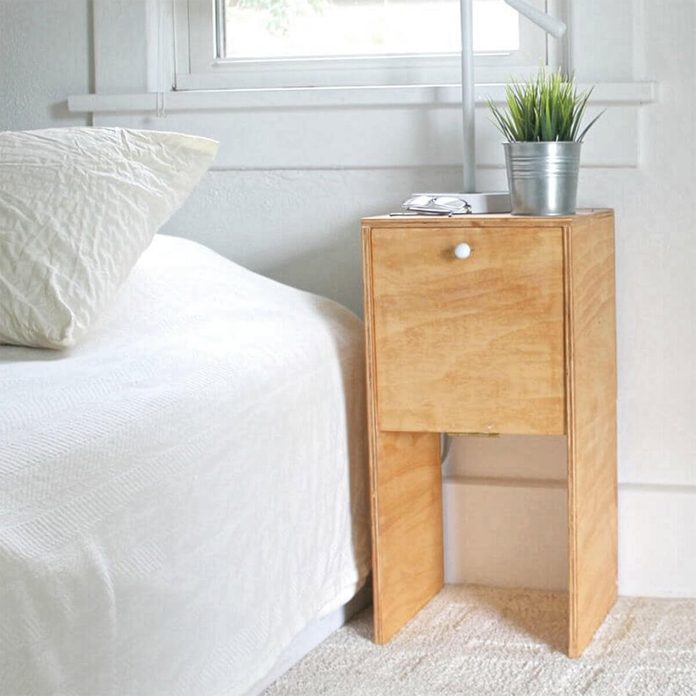
Easy, Affordable and Stylish Plywood Nightstand
The large hinged door on the front of this DIY nightstand conceals a compartment for books and magazines. If you can measure, drill a hole and drive in a screw, you can build this nightstand.
Photo: Courtesy of Definery Co.
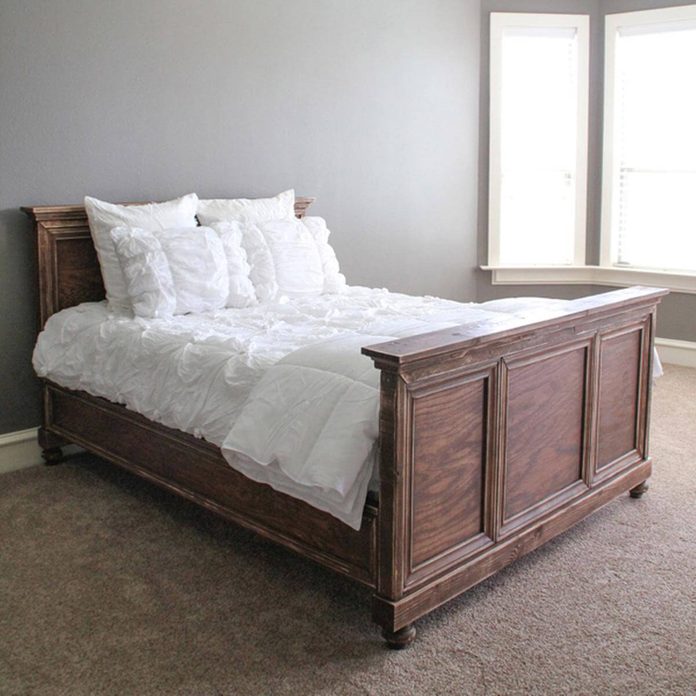
Plywood Bedframe Dressed Up with Molding
For a classic look, add molding to a plywood bedframe. Cutting trim isn’t so tough once you know how, and you can get the plan for this design—as well as a full shopping list—from the Home Depot blog.
Photo: Courtesy of The Home Depot
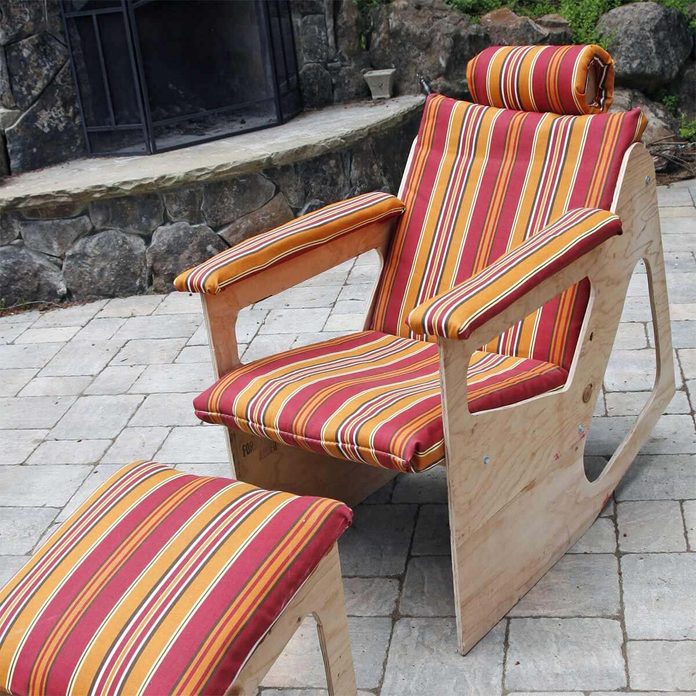
Plywood Rocker/Recliner
Kick back in this plywood recliner/rocker you can make yourself from a single sheet of plywood. Be sure to protect it from the elements—choose the right exterior sealer or paint.
Photo: Courtesy of Make: Magazine

Scando Mid-Century Plywood Coffee Table
With its flowing lines and compelling curves, this plywood coffee table is a faithful reproduction of an iconic 1961 Scandinavian design. Its five coats of polyurethane finish gives it a smooth, satiny protective sheen.
Photo: Courtesy of Kardiel
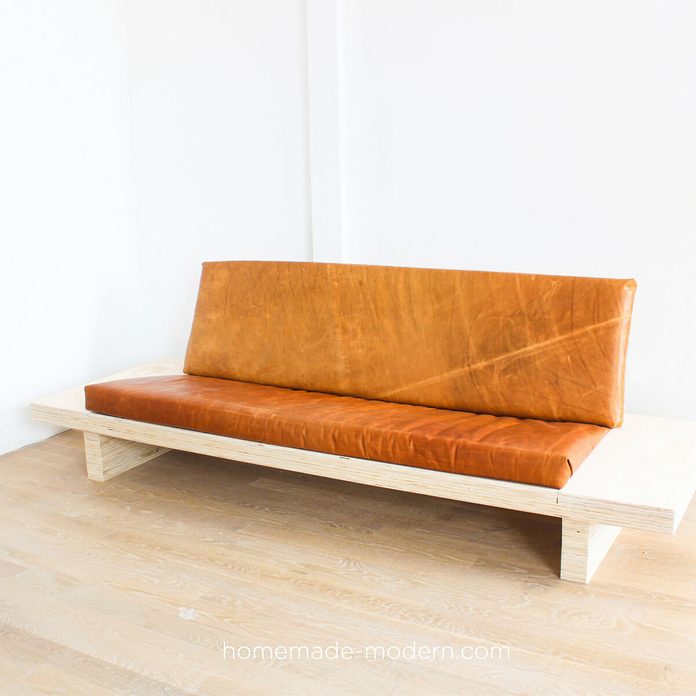
DIY Modern Plywood Sofa
The frame for this super-simple couch is made entirely from layers of plywood glued together. It comes apart into two pieces for easier handling up and down stairways. You’d be doing a lot of gluing for this project, so check out these tips for how to make things stick.
Photo: Courtesy of HomeMade Modern
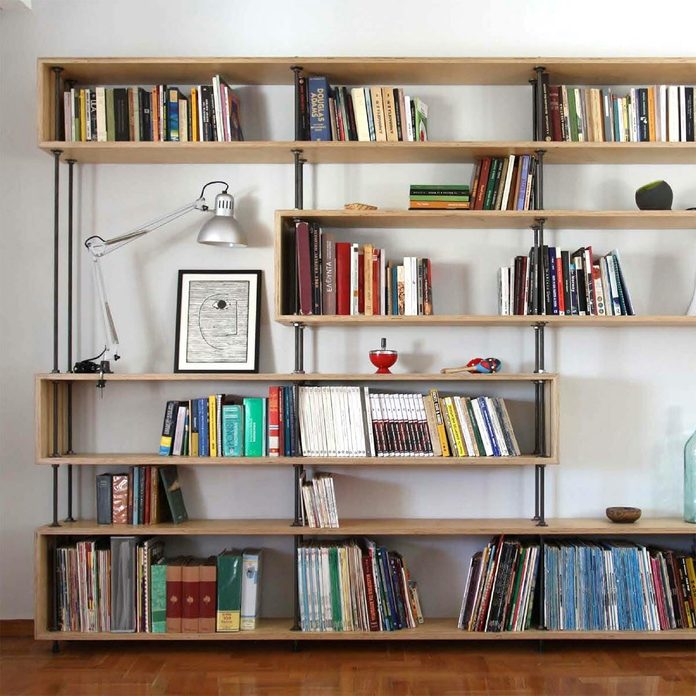
Industrial Pipe-and-Plywood Bookcase
Supported by iron pipes, these large open plywood boxes lend an airy feel to a room while creating massive space for books and objets d’art.
Photo: Courtesy of Sfina Workshop
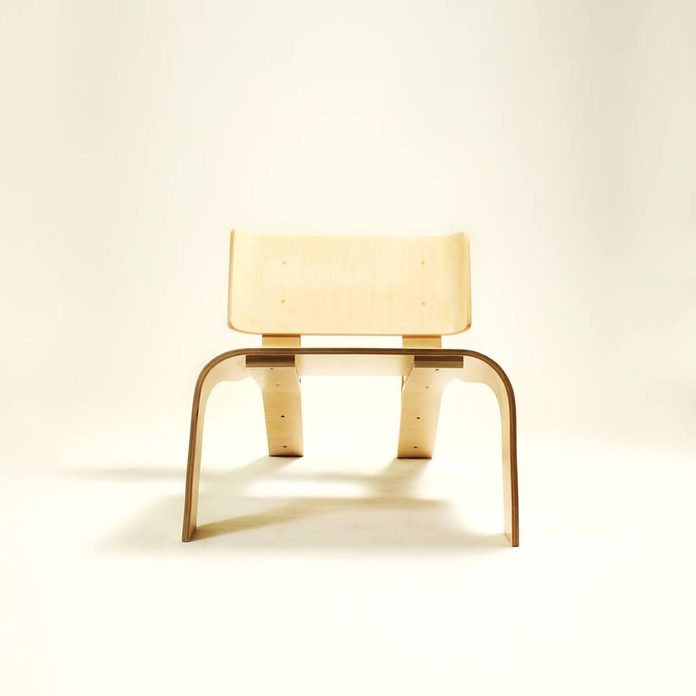
A Bent Plywood Chair You Can Make Yourself
Want to try your hand at making an iconic bent plywood chair? You’ll need a lot of clamps! Here’s how to make the most of the clamps you have.
Photo: Courtesy of Instructables
FAQ
What are the advantages of plywood furniture?
The two biggest advantages of plywood furniture is cost-effectiveness and versatility. Plywood is more affordable than most solid wood varieties and is readily available, so your furniture project doesn’t have to wait on special orders. The versatility means it’s easy to work with, and can be cut and shaped into a variety of furniture designs.
How does plywood compare to solid wood in terms of durability?
Plywood can be just as durable as solid wood, and even more so when it comes to resistance to moisture and warping. Plywood is made up of many layers of hardwood bonded together. The layers are assembled with alternating grain direction, called cross-banding. This makes a strong, rigid, lightweight sheet with excellent screw-holding capability.


















